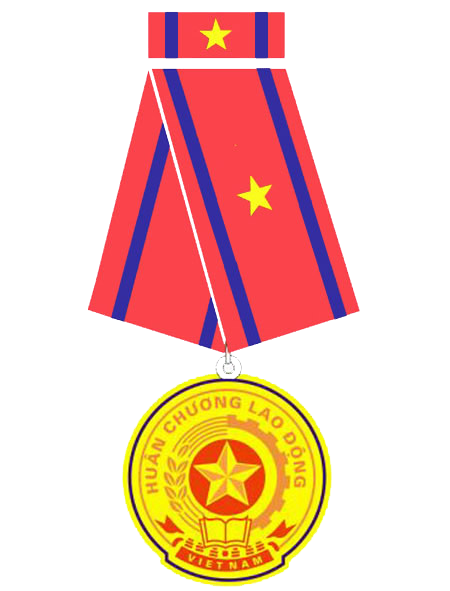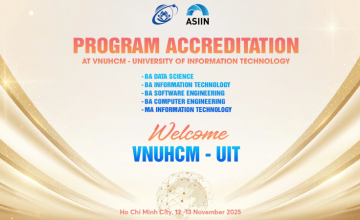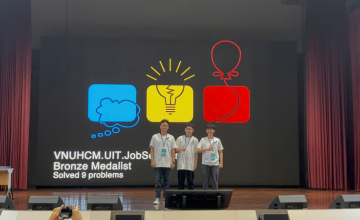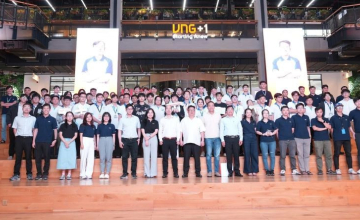Thesis Title: OBJECT DETECTION METHODS FOR DIFFICULT OBJECTS IN IMAGES
[Ph.D. in Computer Science Thesis]
Author: Nguyen Duy Khanh
Abstract:
Object detection is one of the crucial problems in computer vision with widespread applications in various fields such as robotics, medical image processing, surveillance systems, human-machine interaction systems, and intelligent transportation. In recent years, object detection methods have advanced significantly, achieving substantial improvements in both accuracy and processing speed, exemplified by deep learning-based methods like R-CNN, Fast R-CNN, Faster R-CNN, Mask R-CNN, YOLO, SSD, and Retinanet.
Upon reviewing results from existing object detection models, we observed that challenging objects can be overlooked or mispredicted in complex real-world situations. Successfully detecting these difficult objects holds the potential to enhance the performance of object detection models. Therefore, this thesis focuses on proposing methods to detect difficult objects, aiming to improve existing object detection models.
During the thesis research, NCS published four journal papers: JVCI-2019 (ISI), MTAP-2019 (ISI), IEEE TIP-2019 (ISI), Electronics-2020 (ISI), and presented four papers at international conferences: ICONIP-2013 (Rank A), IC3INA-2016, FAIR-2017, ACM IMCOM-2018.
- New Results of the Thesis
The content of the thesis includes the following research issues:
i. Propose a method to re-detect difficult objects using deep learning in two stages.
Drawing inspiration from approaches to exploit difficult objects, we propose a method focusing on exploiting difficult objects that modern CNN-based object detection algorithms do not handle well. We suggest combining an easy object detector and a difficult object detector, where the difficult object detector is trained to detect objects missed by the easy object detector.
ii. Propose a method to generate artificial data to enhance the effectiveness of object detectors on difficult object sets.
Building on the idea of generating artificial data to augment the training of object detectors, we propose a directed artificial data generation method. The generation of artificial data should focus on difficult objects that are typically less prevalent in the dataset. We suggest that artificial data generation should be combined with the process of exploiting difficult objects in the dataset.
iii. The thesis also applies the results of the object detection model to a related problem: salient object detection.
We extract image segmentation masks running on bounding boxes from the object detection model to calculate semantic information. Object bounding boxes can be obtained from the proposed difficult object detectors or any other advanced object detection methods. We then propose wall and non-wall mappings using semantic information to detect salient objects with high accuracy.
- Applications/Potential Applications in Practice or Open Issues for Further Research
The weaknesses of the proposed methods are the high computational cost and the multi-stage training process. Therefore, these methods could be improved by integrating stages into a unified network architecture, supporting a seamless training process. Simultaneously, feature extraction (feature maps) can be shared among detectors to minimize computational costs.
Readers interested can access the library to read the paper or view the full text online at the following address:
https://ir.vnulib.edu.vn/handle/VNUHCM/15985
For any inquiries or assistance regarding access accounts, please contact via email: thuvien@uit.edu.vn
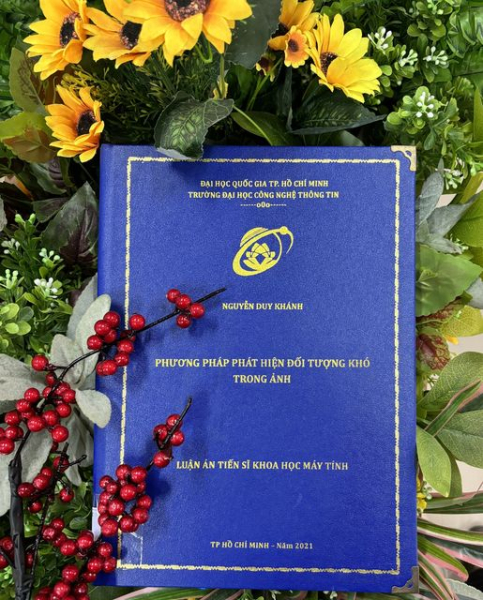
For more details, please visit: https://www.facebook.com/LibUIT.Fanpage/posts/pfbid02XC4FiKPFCRQsGTb3CxZBJErLCU8bMEAFawpXqu6Tk8XXXFikS151tXPG2zKrHxGAl
Written by: Ha Bang
Translated by: Ngoc Diem

